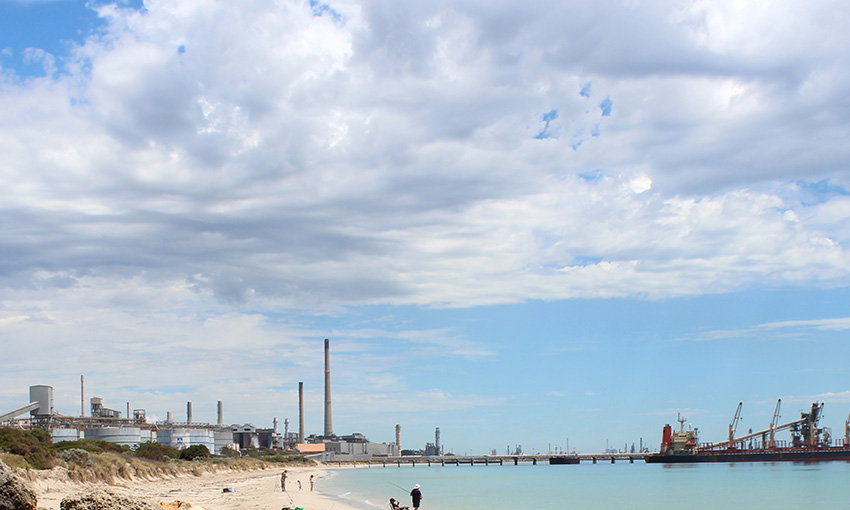THE highly synchronised global supply chain system developed over the past 30 years is under strain like never before and resolving the disruption will be less a “sprint” and more of a “marathon”, according to a new report by research and analytics firm IHS Markit.
Its latest report – The Great Supply Chain Disruption: Why it Continues in 2022 – provides a comprehensive review and forward-looking perspectives from IHS Markit experts across a broad spectrum of the global economy.
Daniel Yergin, vice chairman, IHS Markit and editor of the report said, “What is unfolding in supply chains globally is not only disruptive, it is also historic.
“Moreover, the intense new focus on inflation adds to the urgency to understand what is ahead for supply chains in 2022.”
While COVID-19 has been a significant factor in driving the disruptions—with the current Omicron variant creating new uncertainties – it is not the only factor, the report says. Substantial capacity, logistical and labour challenges also exist beyond the pandemic.
Peter Tirschwell, vice president, maritime and trade, IHS Markit and co-editor of the report said port congestion continues to significantly slow the circulatory movement of ships, containers and other transport assets including chassis. This is removing capacity, lengthening transit times and forcing shipping rates much higher.
Mr Tirschwell said, “As 2022 begins, the situation is not improving. We would like to be able say that we see signs of the log jam breaking. But frankly, we don’t.
“A recurring problem since the pandemic is that the system does not have time to recover before the next shock hits.”
During the 2020 lockdown, when consumer spending in the United States swung wildly from services—travel, leisure and entertainment—to home improvement, and from brick and mortar to e-commerce, the container supply chain was placed under unprecedented strain.
“E-commerce requires distribution centres, and distribution centre capacity was nowhere near prepared. It remains unprepared today,” Mr Tirschwell said.
“Five to seven years of e-commerce growth has been compressed into a single year. Moreover, stimulus programs enhanced spending power. As a result, for example, US import container volumes in 2021 versus 2019 were up nearly 20%—a far higher rate of growth than during the pre-COVID decade.”
Exacerbating the crisis in container supply chains is capacity. Ocean carriers and freight forwarders report that there are enough ships and containers to handle even the elevated demand.
“The problem is that so much of that capacity is idled or circulating more slowly. The result has been to take significant capacity off the table. Estimates are that 10-15% of capacity has been removed due to congestion,” Mr Tirschwell said.





